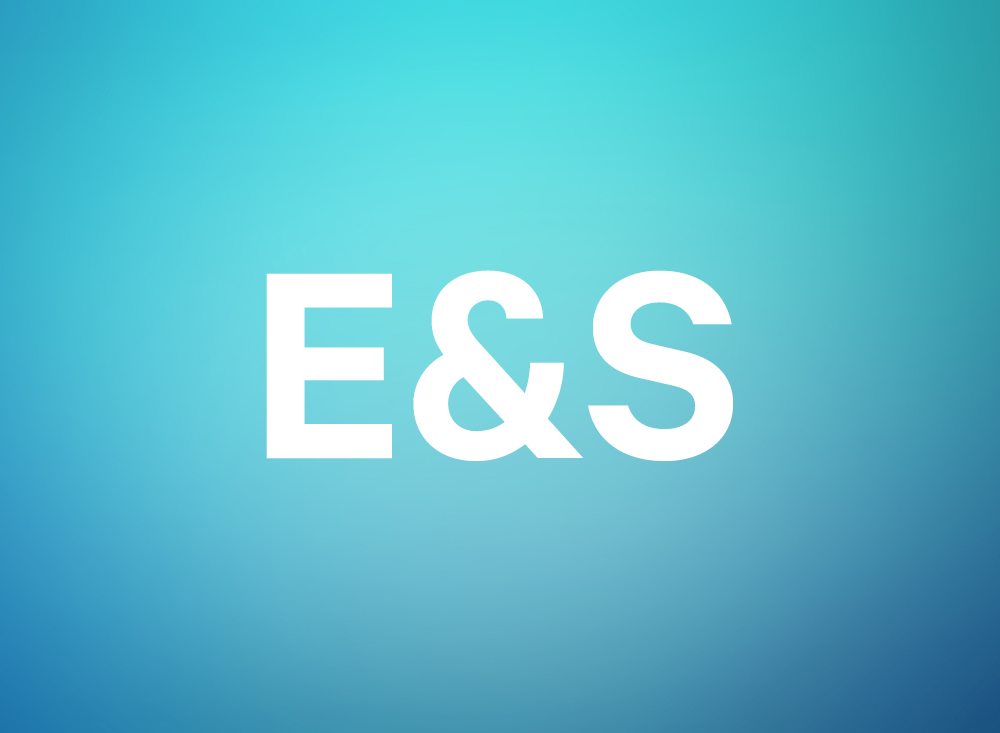
21 Apr Using the E&S Marketplace – Key Issues You Should Know
First, I would like to go on record and say that I am a big fan of the E&S industry. This marketplace provides tremendous benefits and access to a wide variety of specialty or hard-to-place business. Most agencies would not be able to achieve success without a solid handle on the capabilities of the E&S market. However, it is also a segment of the market that has significant E&O claims potential if not handled properly.
Let’s look at some of the key issues:
- The app. While most E&S carriers are willing to quote from a common app. Things can get a little sticky when it comes time to bind. There is certainly the potential that the specific carrier will require their own app to bind coverage. It is best to know that as early as possible. If a specific app is required to bind, typically this will be noted on the proposal generated by the wholesaler.
- The timeline. Depending on the status of the market, it may take the E&S wholesalers longer to work on an account. During a hard market, it is best to allow 60-90 days for a proposal. Agencies would be wise to periodically follow-up with their wholesalers to find out where the app is in the pipeline. You don’t want to encounter a situation where the account renews tomorrow and you still don’t have a quote.
- What was quoted. When the E&S proposal is received, it is very likely that the proposal does not include all the coverages that were requested. Thus, it is critical to review the proposal to determine any coverages that were requested to be quoted, but were not quoted. It is up to the retail agent to identify these differences, not the wholesaler.
- The proposal. When the agency proposal includes coverages proposed with an E&S carrier, the proposal should contain language which notifies the client that if coverage is to be bound, the producer / agency would need to be notified at least a few days in advance of the effective date. Since agencies will need to contact the wholesaler to get the coverage bound, two or three days in advance of the effective date should be factored in to allow the binding procedure to be properly handled. The proposal should also contain the appropriate disclaimer language.
- Binding / the binder. This is one of the key issues that can get an agent in hot water. First, it is important that retail agencies recognize they do not have the authority to bind coverage because they are technically not the agent of record – the wholesaler is. Another important issue involves the fact that there is a good chance that if coverage is requested to be bound after the requested effective date, the E&S carriers will not backdate the coverage. This could obviously leave an account with no coverage for a period of time. Also, since agents are technically not the official agent of record, they don’t have the authority to issue a binder. Unless the agency has received written authorization from the wholesaler to issue a binder, a binder should be requested from the wholesaler.
- Essentially, the same premise dealing with getting binders issued also applies to the issuance of certificates. There is a good chance that since the wholesaler is not going to want to issue the certificates, they will allow the retail agents to issue them. This grant of authority should be in writing.
For most agencies, use of the E&S marketplace is very common and does not just happen when the market hardens. Most E&O Plus agencies are looking to trim down their number of wholesalers to a more manageable level. The more business you place with fewer wholesalers will bear benefit in higher commissions, better turnaround time, and a greater willingness to develop customized procedures that work well for both parties.


